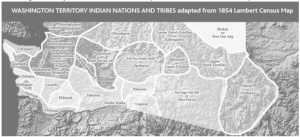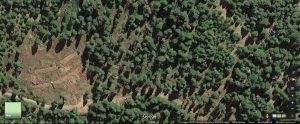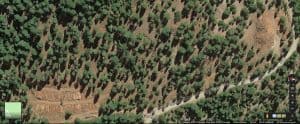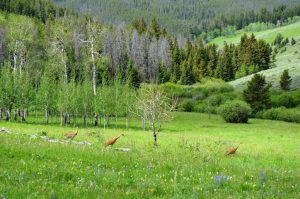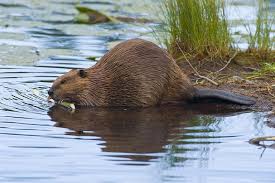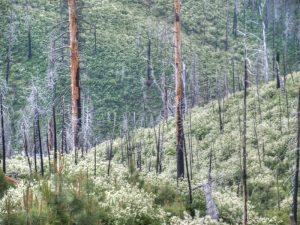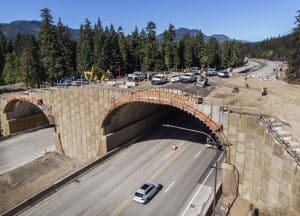Still More Agreement About Fuel Treatment: Conservation Colorado and former Secretary Zinke
Sharon said:
That’s why I’m thinking that finding some projects that entail:
1. FS clearcutting in California
2. Fuel treatments in backcountry
3. Fuel treatments taking out big fire-resilient (living?) treesWould help us understand exactly what the issues are.
I think this project might be a good place to start:
Destructive wildfires along the California-Oregon border in recent years has the U.S. Forest Service pursuing projects to clear forests of burnt debris and trees that could feed future fires. One of those projects included selling the rights to log old-growth trees in Northern California, until a federal judge halted the timber sale on Friday.
Environmental groups asked a federal court to halt the Seaid-Horse timber sale in the Klamath National Forest. They say it would violate the Northwest Forest Plan by clear-cutting protected old-growth trees and harming Coho salmon.
Its purpose is: “Reduce safety hazards along roads & in concentrated stands, reduce fuels adjacent to private property, & to reduce the risk of future large-scale high severity fire losses of late successional habitat.”
So it’s got California, clearcutting, fuel treatment and big trees. It’s also got wildlife issues, which is the other point of disagreement I suggested. Maybe not back-country, but certainly not front-country – mid-country?
It even comes with a spokesperson who is probably familiar with our questions:
Western Environmental Law Group attorney Susan Jane Brown says old-growth trees in Northern California provide a habitat for threatened species such as the northern spotted owl. They’re also the most resilient in enduring wildfires.
“We could agree that cutting small trees is a good thing to reduce fire risk, but when it comes to cutting very large, very old trees, that’s an entirely different matter,” Brown said.
